Sparkling wines
The difference between Champagne, Prosecco, Cava and Sparkling Wine
Sparkling wines come in different varieties, each with its own unique character, production method and origin. Here is a description of the differences:
Champagne
Origin: Champagne region of France.
Method: Produced by the traditional method (méthode champenoise), where the second fermentation takes place in the bottle. This gives complex flavor notes and fine bubbles.
Grapes: Primarily Chardonnay, Pinot Noir and Pinot Meunier.
Character: Known for its elegance, rich structure and complex aromas, often with notes of bread, yeast and nuts.
Price: Often more expensive due to the demanding manufacturing process and protected origin.
Prosecco
Origin: Veneto and Friuli in northern Italy.
Method: The Charmat method, where the second fermentation takes place in large tanks. This creates a fresher and lighter wine with less complexity.
Grapes: Min. 85% Glera grapes.
Character: Fresh and fruity with notes of pear, apple and flowers. The bubbles are often slightly larger and softer than in Champagne.
Price: Typically more affordable.
Cava
Origin: Spain, primarily from the Penedès region of Catalonia.
Method: Produced by the traditional method like Champagne.
Grapes: Typically Spanish varieties such as Macabeo, Parellada and Xarel-lo, but Chardonnay and Pinot Noir are also used.
Character: Dry and fresh with a balanced acidity, often with notes of citrus, green apples and nuts. Cava is slightly less complex than Champagne, but still very refined.
Price: Generally more affordable than Champagne.
Sparkling wine
Origin: A generic term for sparkling wines produced outside the protected regions such as Champagne, Prosecco and Cava.
Method: Can be produced by various methods, including Charmat or bottle fermentation, depending on the producers.
Grapes: Varies depending on origin and producer.
Character: The flavor profile results from the region and the production method, giving a wide variety of styles.
Price: Very varied depending on quality and origin.
Champagne is luxurious and complex, Prosecco is light and fruity, Cava is an elegant and affordable alternative, and sparkling wines cover a wide selection of sparkling wines from around the world.
Showing 1–12 of 20 resultsSorted by latest
-
-23%
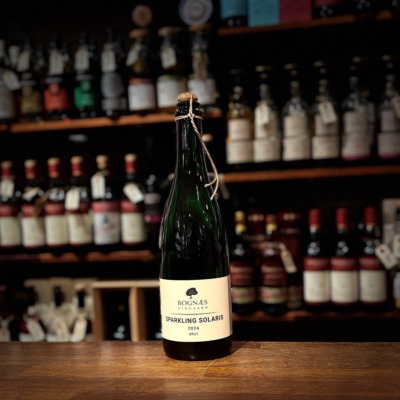
Bognæs Vingaard Sparkling Solaris Brut Tuse Næs 2024
Original price was: 300 kr..230 kr.Current price is: 230 kr.. -
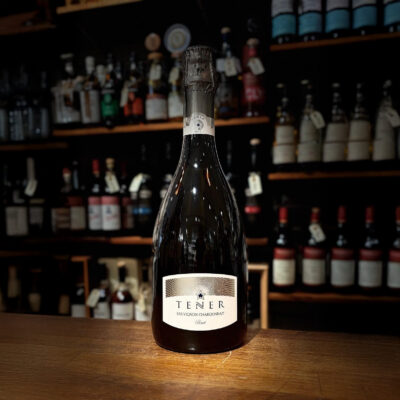
Banfi Tener Vino Spumante Brut
150 kr. -
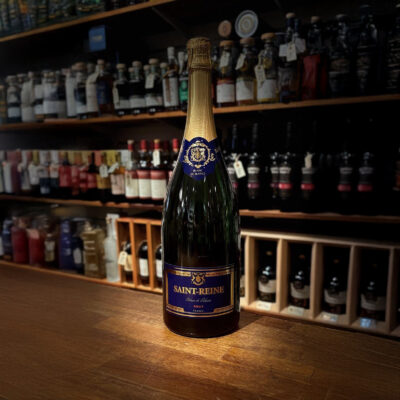
Saint-Reine Blanc de Blanc Magnum
200 kr. -
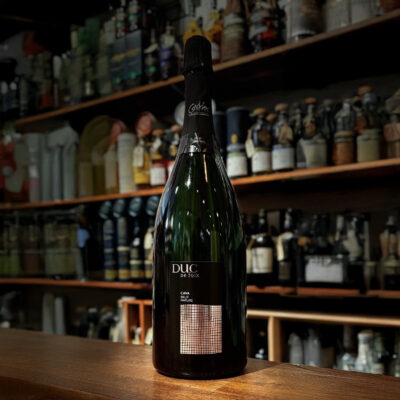
Covides Duc de Foix Cava Magnum Brut Nature
200 kr. -
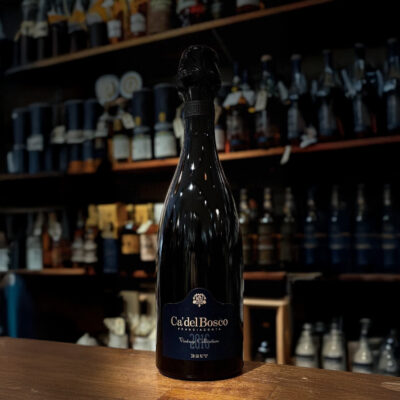
Ca´del Bosco 2016 Vintage Collection Brut DOCG
550 kr. -
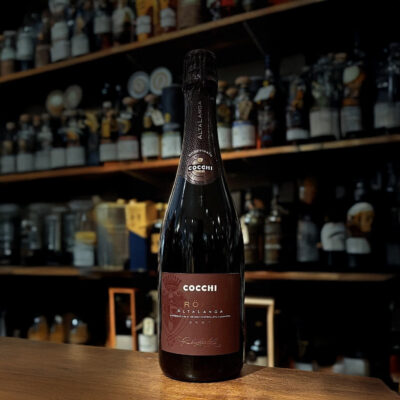
Cocchi Altalanga Rösa Brut 2016
300 kr. -
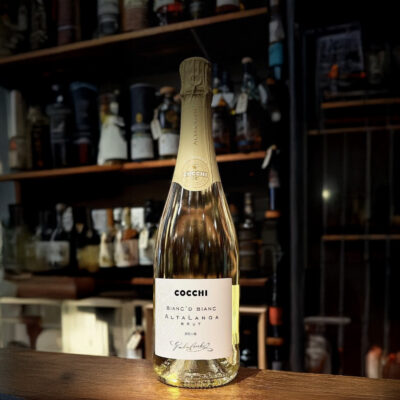
Cocchi Bianc ´d Bianc Altalanga Brut 2016
300 kr. -
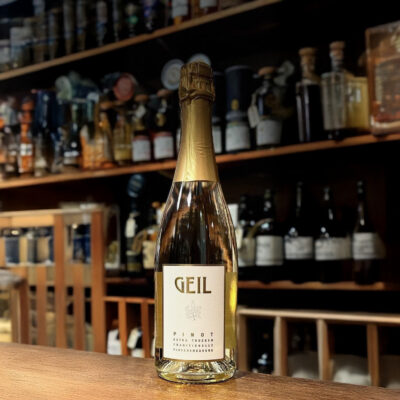
Geil Pinot Extra Trocken Rheinhessen
200 kr. -
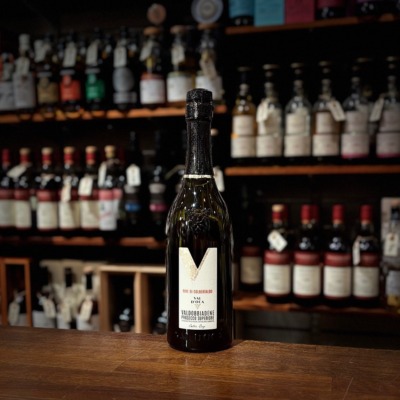
Val d´oca Prosecco Superiore DOCG Extra Brut
150 kr. -
-20%
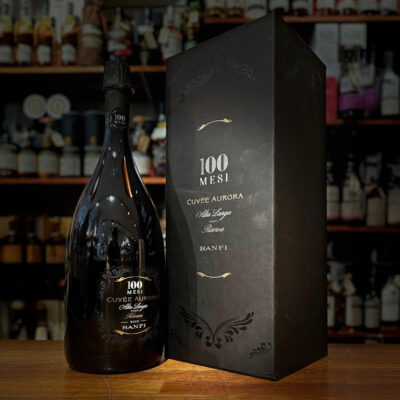
Castello Banfi cuvée Aurora Riserva
Original price was: 1.250 kr..1.000 kr.Current price is: 1.000 kr.. -
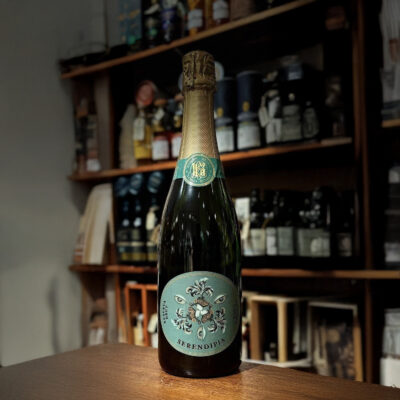
Serendipia Reserva Brut 2021
150 kr. -
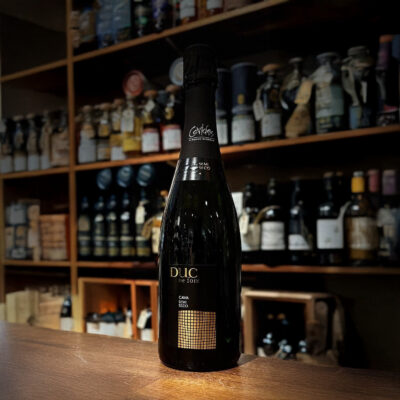
Covides Duc de Foix Cava Demi-Seco
89 kr.
 Trustscore
Trustscore 